After careful consideration and evaluation, in late 2023 we made the decision to remove our interim target to achieve a 30% reduction in GHG emissions by 2030 from a 2019 baseline since achieving it is not entirely within our control.
Achieving the 2030 interim goal was predicated on meaningful emissions reductions at our Fort Martin and Harrison power plants in West Virginia, which account for approximately 99% of our greenhouse gas emissions.
We've identified several challenges to our ability to meet that interim goal, including resource adequacy concerns in the PJM region and state energy policy initiatives. Given these challenges, we have decided to remove our 2030 interim goal. Through regulatory filings in West Virginia, we have forecast the end of the useful life of Fort Martin in 2035 and for Harrison in 2040.
This!
Of course, substations do not generate electricity. They serve as traffic circles to direct energy in different directions via high-voltage transmission lines. PJM's new transmission snarl, err I meant to say MARL (MidAtlantic Resiliency Link), begins at 502 Junction substation and ends at the new Aspen substation in Data Center Alley. But what generation sources are connected to 502 Junction that can be directed to Data Center Alley? I'll give you two guesses...
This is the reason FirstEnergy has abandoned its 2030 interim greenhouse gas goal. In late 2023, PJM approved MARL. PJM approved the project due to 7500 MW of new data center load and the retirement of 11,000 MW of fossil fuel generation in its eastern region. Resource adequacy and state energy policy initiatives at work.
So, what does this mean? It means that instead of reducing the greenhouse gas spewed into the West Virginia air from FirstEnergy's Ft. Martin and Harrison power stations, FirstEnergy is going to be increasing their carbon emissions. All for benefit of No. Va.'s data centers and the selfish and destructive state energy policies of Virginia and its neighbors.
Northern Virginians who keep approving data centers despite knowing there is no way to power them without imports from West Virginia are directly responsible *COMPLICIT* in increased air pollution, health and environmental impacts caused by continued mining and burning of coal in West Virginia.
Why is this okay?
Don't turn away from this. OWN IT. Don't blame your elected officials or throw up your hands in despair. Make your elected officials OWN IT. Make them publicly say that it's okay to increase carbon emissions to power the data centers they approve. Of course they won't. FirstEnergy has just handed you a sledgehammer to stop data center sprawl. Use it.
Every time you turn on a light switch in Northern Virginia, you are increasing carbon emissions. That's right... the coal-fired power from West Virginia won't just power the data centers... it will power all of Northern Virginia. Give your climate guilt a great big hug, it's going to be your constant companion for years.
PJM's new transmission plans to power data centers in Northern Virginia are going to increase carbon emissions. End of story.
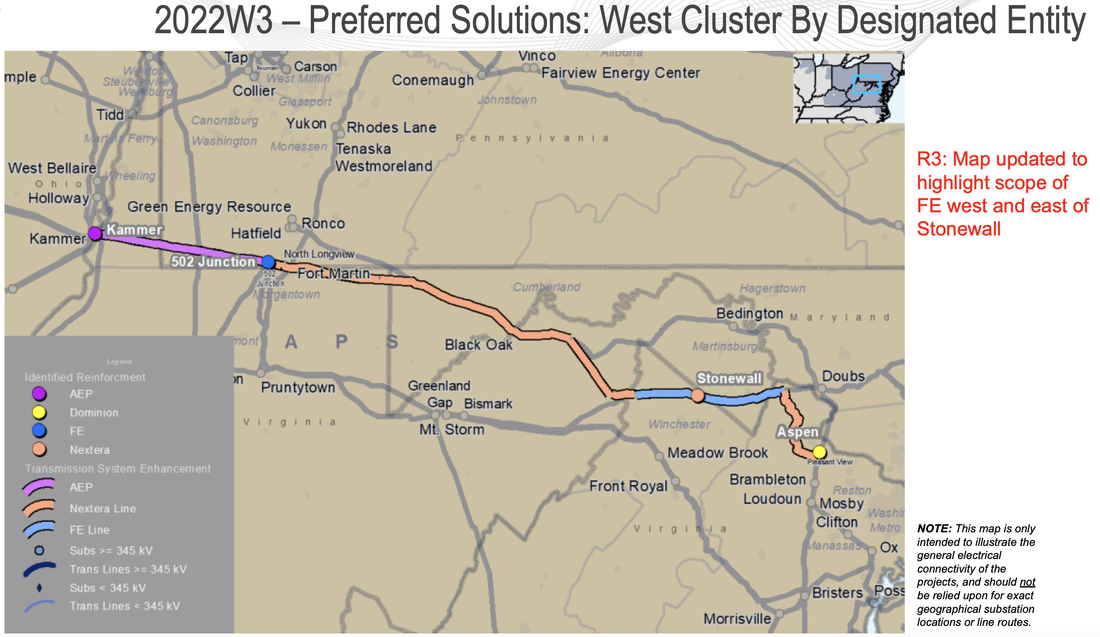
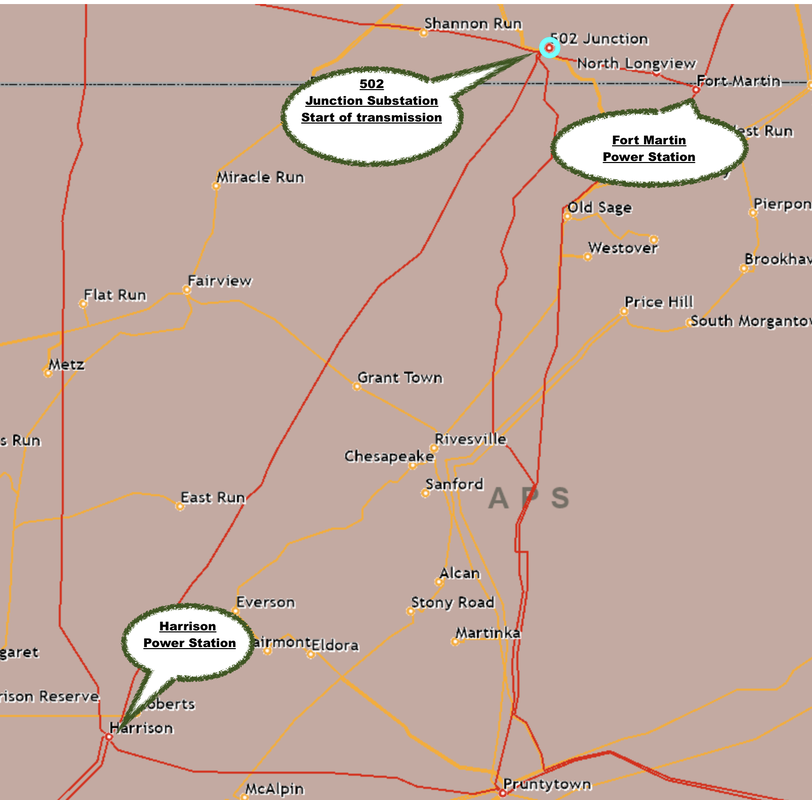
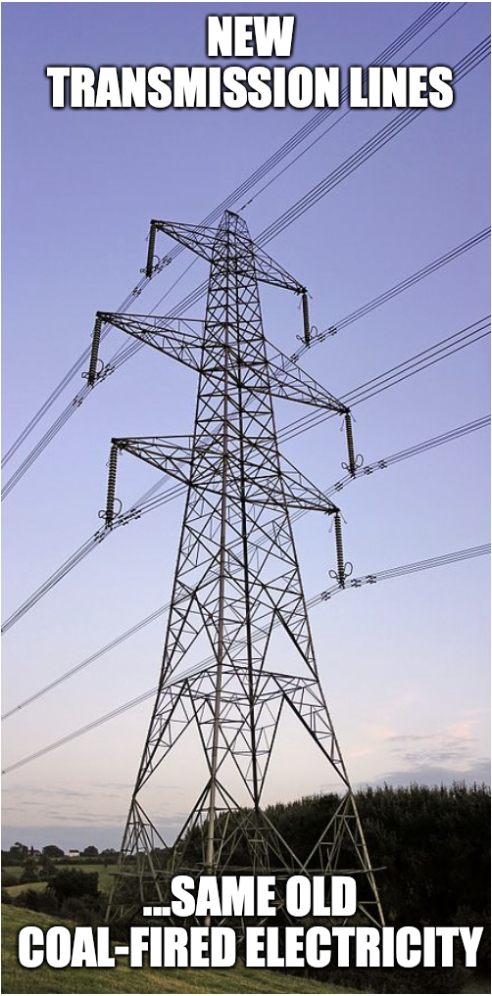



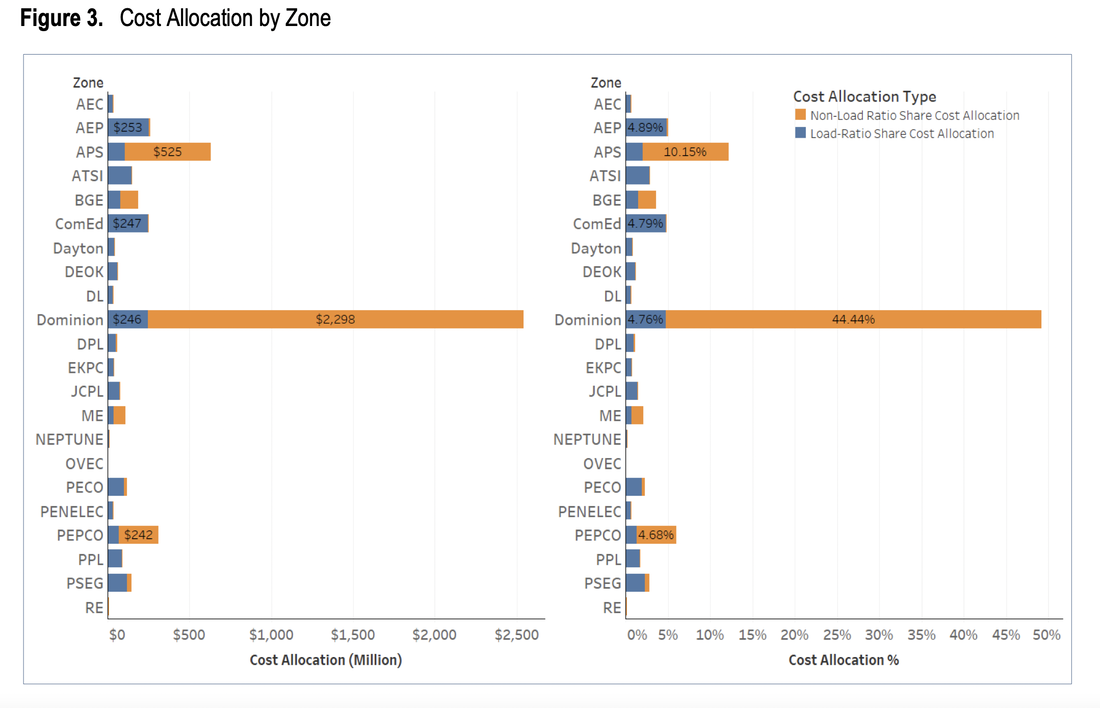
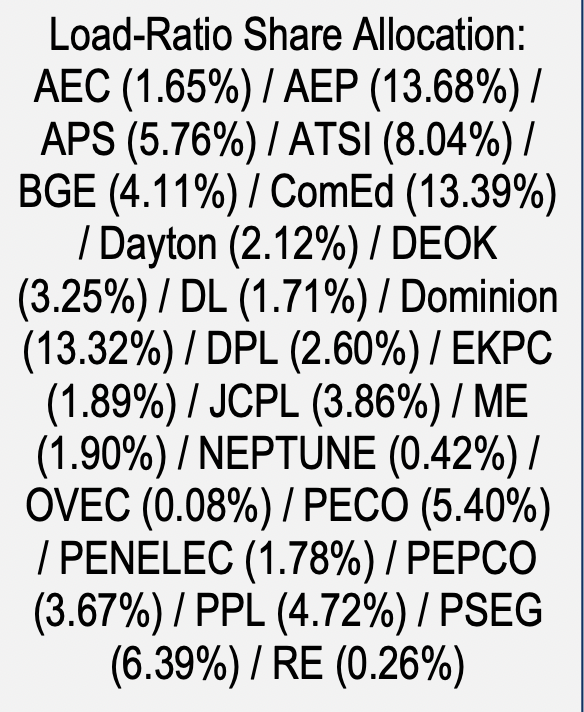
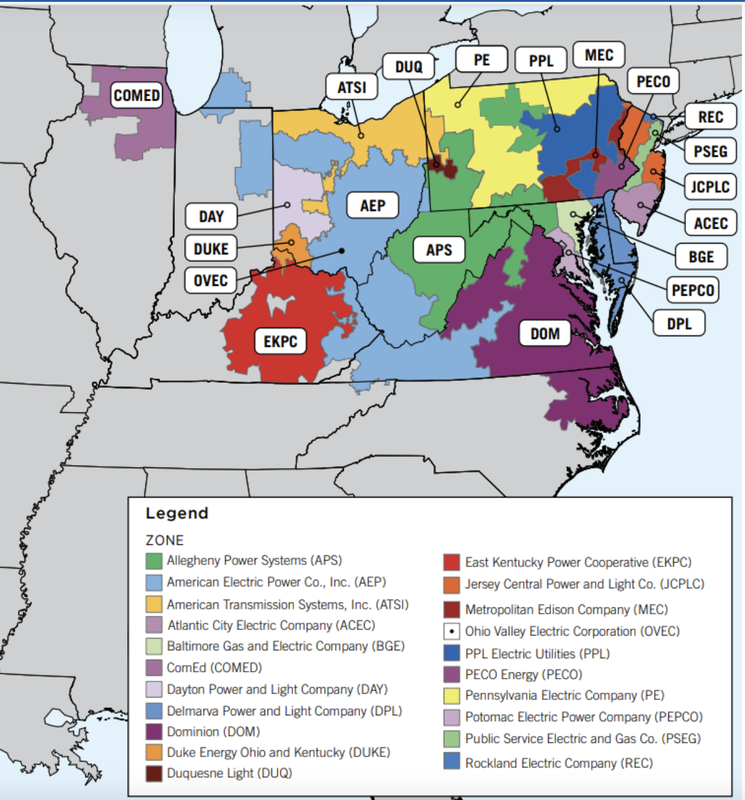


 RSS Feed
RSS Feed